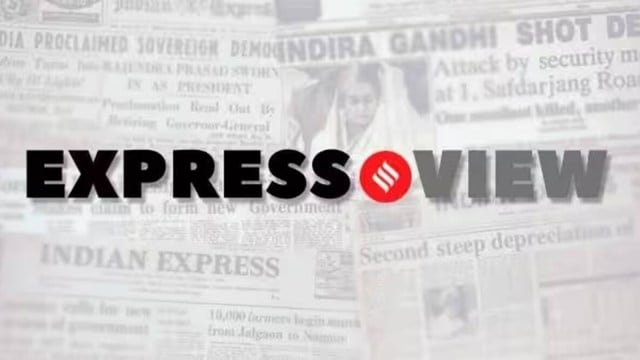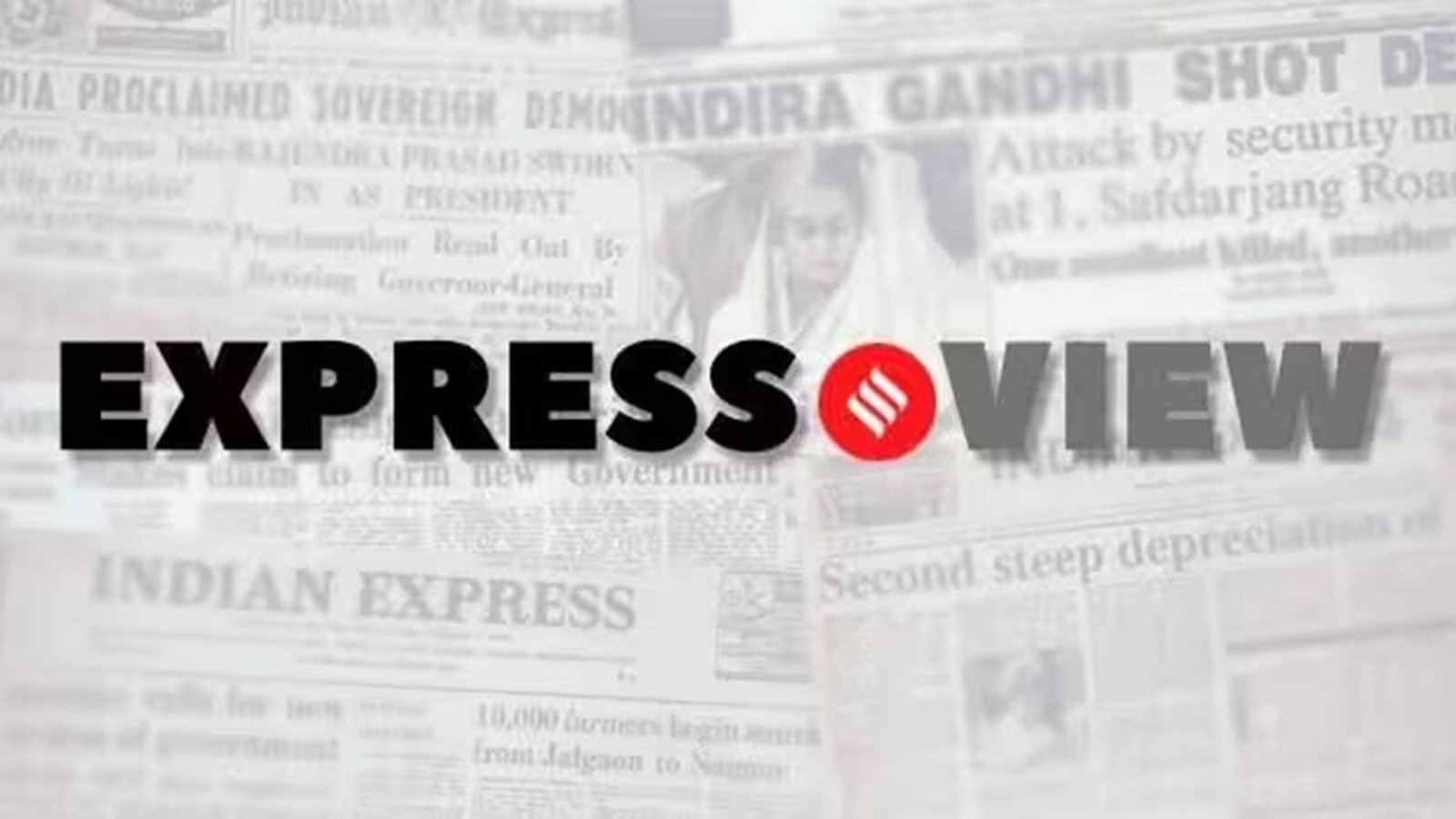
In 2020-21, the first year of the pandemic, the central government’s fiscal deficit had surged to a staggering 9.2 per cent of GDP. Since then, Finance Minister Nirmala Sitharaman has been steadfast in her commitment to fiscal consolidation, while at the same time, managing to ramp up allocations for capital expenditure. By 2023-24, Sitharaman had managed to bring down the deficit to 5.6 per cent. In the latest budget, she has continued on that path, targeting a further reduction to 4.9 per cent this year, and restating her intent to bring it below 4.5 per cent by 2025-26. However, last year, the Union Budget was conservative in its revenue assessment — actual collections exceeded expectations by around Rs 1 lakh crore. This year, too, the assumptions underpinning the budget numbers appear to be restrained.
The budget has pegged gross taxes to grow at 10.8 per cent. This is in line with the 10.5 per cent nominal GDP growth it has assumed. But, this implies a tax buoyancy of one, which is considerably lower than what was witnessed last year. Under the broad rubric of gross taxes, the budget has projected direct taxes to grow at a faster pace than indirect taxes, and within direct taxes, personal income taxes to outpace corporate taxes. In fact, collections from personal income taxes, which were earlier lower than corporate taxes, are now considerably higher. Alongside, the government’s non-tax revenue is up, driven by a higher transfer from the RBI and receipts from other communication services. The latter includes licence fees for telcos and spectrum-usage charges. Tax devolution to states works out to around 32.5 per cent of gross tax collections as a sizeable share of revenue flows through the levy of cesses and surcharges.
On the expenditure side, the budget has pegged the Centre’s spending to grow at 8.5 per cent this year, less than the growth assumed for the year. However, capital spending is expected to continue to outpace revenue expenditure, indicating the policy inclination of the government. The capex to GDP ratio has been maintained at 3.4 per cent, with the Ministry of Road Transport and Highways and Railways garnering a sizable share of the allocations. Alongside, the government’s subsidy bill on food, fertiliser, petroleum and others is expected to decline further to 1.31 per cent of GDP this year, from 1.49 per cent last year. Allocations towards subsidies had peaked at 3.82 per cent in 2020-21. The medium-term fiscal policy cum fiscal policy strategy statement accompanying the budget has not provided the rolling targets for the next two years as was the practice in the past. While the budget does state that from 2026-27 it will try to keep the fiscal deficit at levels that ensure that government debt is on a declining path, it should provide greater clarity.


